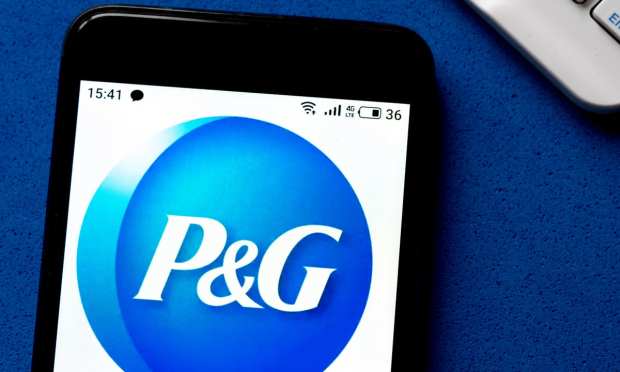P&G, Pepsi And Other CPG Brands Continue Push Toward Direct-To-Consumer Sales

The consumer-packaged goods business has seen the future and it is direct-to-consumer (D2C). Recent earnings calls and other developments show that while CPG companies averaged about a 5 to 10 percent sales increase during Q3, they’re also looking at the D2C space for future growth.
Case in point: P&G. Its sales were up 6 percent for Q3. Vice Chairman Jon Moeller said on the company’s Q3 earnings call that it is trying to be channel-agnostic and let consumers choose their product delivery preferences. But D2C is clearly a priority.
“If they choose to shop in eCommerce, we’ll win. If they choose to shop in brick-and-mortar, we’ll win. If they choose a hybrid shopping experience like click and collect, if we’re appropriately positioned, we should do very well,” he said. “Within that, D2C clearly can play a role. … In some of our businesses, it’s already a significant part of the operating model. It allows us to get closer to consumers … to have an even better understanding of their needs and their habits, including their purchase habits, and that all can be very complementary and important in the broader context. So, you will see us continue to increase our D2C presence, but again, not at the preference of, or the de-prioritization, of any other channel of trade.”
Colgate-Palmolive has also made news in the D2C space, mostly with dental products. CEO Noel Wallace told a recent conference that one of the company’s key growth areas for the next year will be in the direct-to-consumer channel. It saw almost 50 percent growth in eCommerce business in the second quarter globally. Optic White, its D2C tooth cleaning product, has driven over 200 percent eCommerce growth for the firm’s North American division in the second quarter.
C-P has also launched Colgate Hum, a smart electric toothbrush available only through its eCommerce site, for $70 for the rechargeable version and about $50 for the battery version. Hum is app-enabled and allows users to track their performance on brushing their teeth and ultimately earn points for brushing and for buying replacement brush heads.
PepsiCo stressed its traditional distribution on its recent earnings call, but its executives have been putting D2C first in their comments, especially during the pandemic. It launched two direct-to-consumer brands in May including Snacks.com.
“The new normal is that you can’t expect trends to be now certain over a period of time,” said Karen Scott, senior innovation director of future brands at PepsiCo. “We need to stay very reactive, living in the moment, planning on a much shorter cycle than we’ve been used to planning.”
Perhaps the most dramatic switch to D2C has come from the fashion business, including Levi’s. According to WWD, CEO Chip Bergh said the denim giant is moving away from its wholesale roots and reorienting around the direct-to-consumer business to make a broader lifestyle play.
“We’re trying to position the company for the future,” said Bergh. “If anything, the pandemic has shined a spotlight on the critical importance of a couple parts of our business. And we’re reorganizing, doubling down on the things that really drive value-creation. We’re declaring that we’re going to become d-to-c-led.”
According to the fashion trade, when Bergh took over in 2011 almost half of Levi’s business was in the U.S. wholesale channel and only 21 percent of the take was in direct-to-consumer.
“Today [direct-to-consumer] is approaching 40 percent and we have an ambition to grow it well beyond 50 percent and see a clear path there,” Bergh said. “We’re going to double down on digital transition.”
